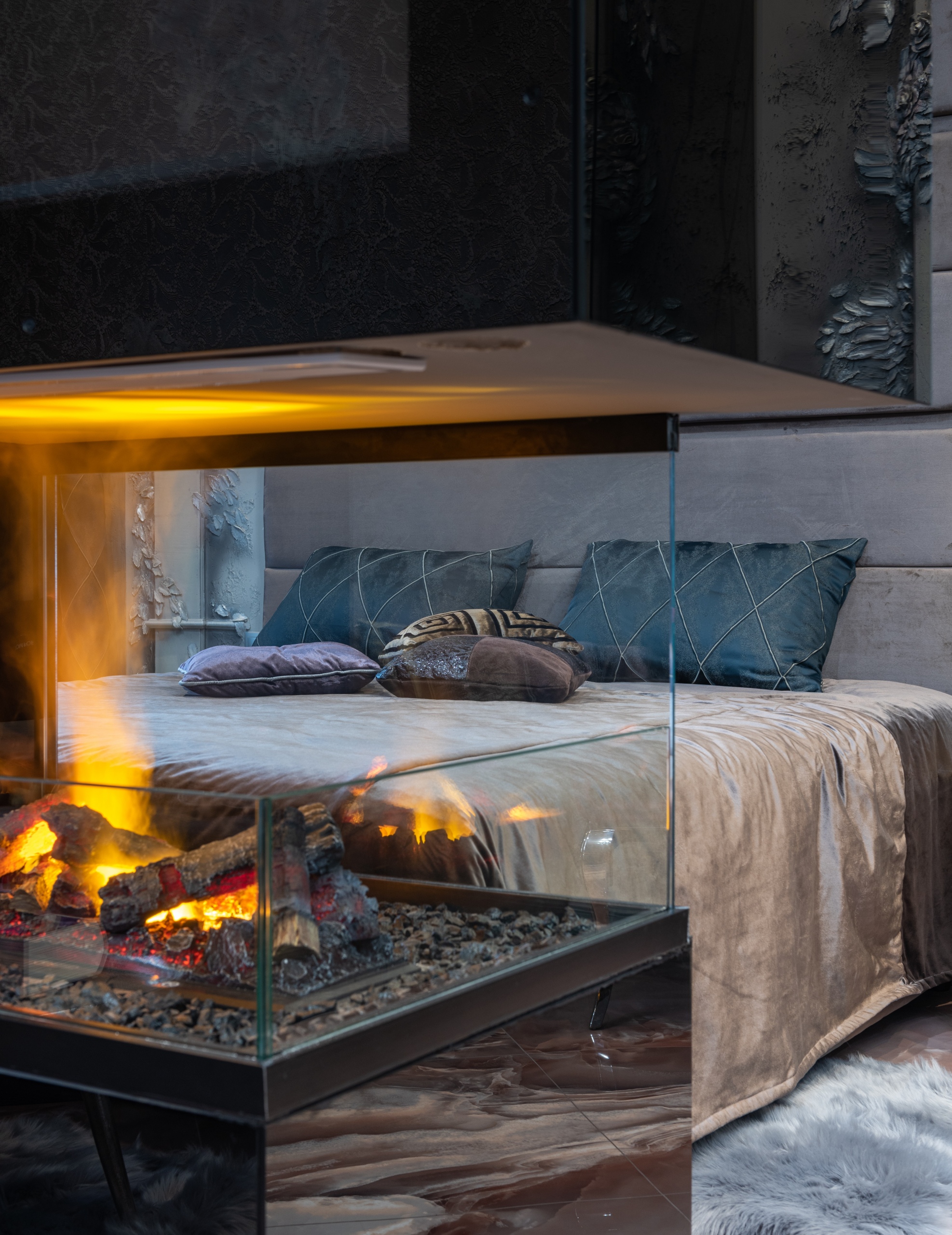Luxury real estate, long perceived as a sector solely focused on aesthetics, comfort and prestige, is today turning towards more responsible and sustainable solutions. Faced with growing ecological and economic challenges, owners of luxury homes are looking for ways to reconcile comfort and energy performance. This process, far from being in contradiction with luxury, is in reality an approach that transforms the way in which prestigious properties are designed, renovated and operated. In this article, we will explore the different energy saving solutions that transform luxury properties and homes, while maintaining high standards of comfort and quality.
1. The importance of energy efficiency in the luxury sector
The luxury real estate market is experiencing a significant evolution: buyers and investors are increasingly sensitive to environmental issues. Implementing energy saving solutions has become a key selling point. Indeed, a luxury home that is well insulated and equipped with green technologies not only offers substantial savings in the long term, but also optimal comfort and a reduced ecological footprint. Energy efficiency solutions are no longer an option but a necessity to remain competitive and meet customer expectations.
2. Heating and air conditioning solutions
has. Geothermal heating
Geothermal heating is an ideal solution for luxury homes thanks to its efficiency and significant energy savings. This system uses heat from the earth to heat or cool a home, providing an environmentally friendly alternative to traditional heating and cooling systems. For example, a luxury property in a mountainous region can take advantage of the thermal stability of the ground to regulate indoor temperatures without relying on fossil fuels.
b. High performance heat pumps
Heat pumps are particularly suitable for larger properties. They allow you to heat or cool a space using renewable energy (air, water or soil). Modern systems are able to extract heat from outside into the home, or vice versa, allowing for optimal temperature control at lower cost and with a minimal carbon footprint.
c. Low consumption air conditioning
Luxury homes located in hot areas can benefit from energy-efficient air conditioners, including inversion models that adjust their power according to actual needs. These systems, combined with high energy performance windows and optimal thermal insulation, guarantee perfect regulation of the interior temperature.
3. Thermal and acoustic insulation
Luxury properties are often large and complex, requiring high quality both thermal and acoustic insulation solutions. Materials such as rock wool, fiberglass, or even triple-glazed window systems not only help maintain a pleasant temperature all year round, but also reduce outside noise. This contributes to the creation of a more serene and comfortable atmosphere, which is essential for prestigious homes.
has. Attic and wall insulation
Luxury homes often have large open spaces and many levels, making loft and wall insulation particularly important. Natural insulation materials, such as cellulose or expanded polystyrene panels, can be used to ensure maximum thermal efficiency. This type of insulation not only helps retain heat in winter, but also protects the house from high summer heat.
b. Energy efficient windows
Windows represent a significant source of thermal losses. Luxury homes therefore opt for double or triple glazed windows which offer optimal thermal insulation. Modern window systems with frames made of wood, aluminum or PVC are designed to avoid thermal bridges and reduce air leakage.
4. Solar energy and renewable solutions
has. Photovoltaic solar panels
The installation of photovoltaic solar panels on the roofs of luxury homes is becoming an increasingly common trend. These panels capture energy from the sun and transform it into electricity, thus reducing dependence on fossil fuels. Depending on the roof area and the amount of sunshine in the area, the installation of solar panels can allow a luxury home to become largely self-sufficient in terms of energy consumption.
b. Solar thermal systems
In addition to photovoltaic panels, solar thermal systems can be used to heat domestic water or even the interior of a luxury home. These systems are particularly effective in regions benefiting from abundant sunshine and can significantly reduce the costs associated with hot water production.
c. Domestic wind turbines
For properties located in windy areas, installing domestic wind turbines can be an attractive option for producing green energy. These devices make it possible to complement solar solutions for an even more autonomous energy supply.
5. Smart homes: home automation and energy management
has. Intelligent control of energy consumption
Luxury homes are increasingly equipped with home automation systems to effectively manage energy consumption. These systems, often controlled by mobile applications, allow remote control of lighting, temperature, shutters, ventilation and many other equipment. For example, a homeowner can adjust the temperature in their home according to their needs, even in their absence, which optimizes energy costs.
b. Optimization of resource management
Smart homes can also include devices that optimize resource management. This includes smart thermostats that automatically adjust the temperature according to occupants' lifestyle habits or lights that turn off when a room is empty, thereby reducing energy consumption.
6. Rainwater recovery
has. Rainwater collection systems
In a context of sustainable management, luxury homes often opt for rainwater collection systems, particularly in regions where droughts are frequent. This reclaimed water can be used for garden irrigation, car washing or for toilets, thereby reducing drinking water consumption and associated costs.
7. The impact of ecological materials
has. Durable material construction
The trend towards ecological and sustainable materials in the construction of luxury homes is growing. Materials such as certified wood, recycled concrete or even terracotta bricks are not only aesthetic but also environmentally friendly. The use of these materials helps reduce the carbon footprint of properties while providing high-level aesthetic and functional features.
8. Inspiring examples of energy-efficient luxury properties
has. Example 1: An ecological villa in Ibiza
This luxury villa, located on the island of Ibiza, is equipped with solar panels, a geothermal heat pump and a rainwater harvesting system. The materials used for construction, such as recycled concrete and terracotta bricks, ensure a low carbon footprint, while providing high-level thermal and acoustic comfort.
b. Example 2: A modern mansion in Paris
This prestigious mansion, located in Paris, has been renovated to include triple-glazed windows, latest generation thermal and acoustic insulation, as well as home automation systems to control energy consumption. Heating is provided by a high-end heat pump, while hot water is generated by a solar thermal system.
Follow “ ProprietesDeCharme.com ” on YouTube Facebook Twitter LinkedIn Instagram Pinterest


